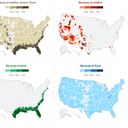Gen Z's new side hustle: selling data
Many young people are more willing than their parents to share personal data, giving companies deeper insight into their lives.
Why it matters: Selling data is becoming the new selling plasma.
Case in point: Generation Lab, a youth polling company, is launching a new product, Verb.AI, today — betting that buying this data is the future of polling.
- "We think corporations have extracted user data without fairly compensating people for their own data," says Cyrus Beschloss, CEO of Generation Lab. "We think users should know exactly what data they're giving us and should feel good about what they're receiving in return."
How it works: Generation Lab offers people cash — $50 or more per month, depending on use and other factors — to download a tracker onto their phones.
- The product takes about 90 seconds to download, and once it’s on your phone, it tracks things like what you browse, what you buy, which streaming apps you use — all anonymously. There are also things it doesn't track, like activity on your bank account.
- Verb then uses that data to create a digital twin of you that lives in a central database and knows your preferences.
Say a political advocacy group wants to know where women under 30 get their news, they can use Verb to query one or all the twins who fit that demographic in an interface that feels like ChatGPT.
- If a venture capital firm wants to figure out which apps are trending among young people, they can ask.
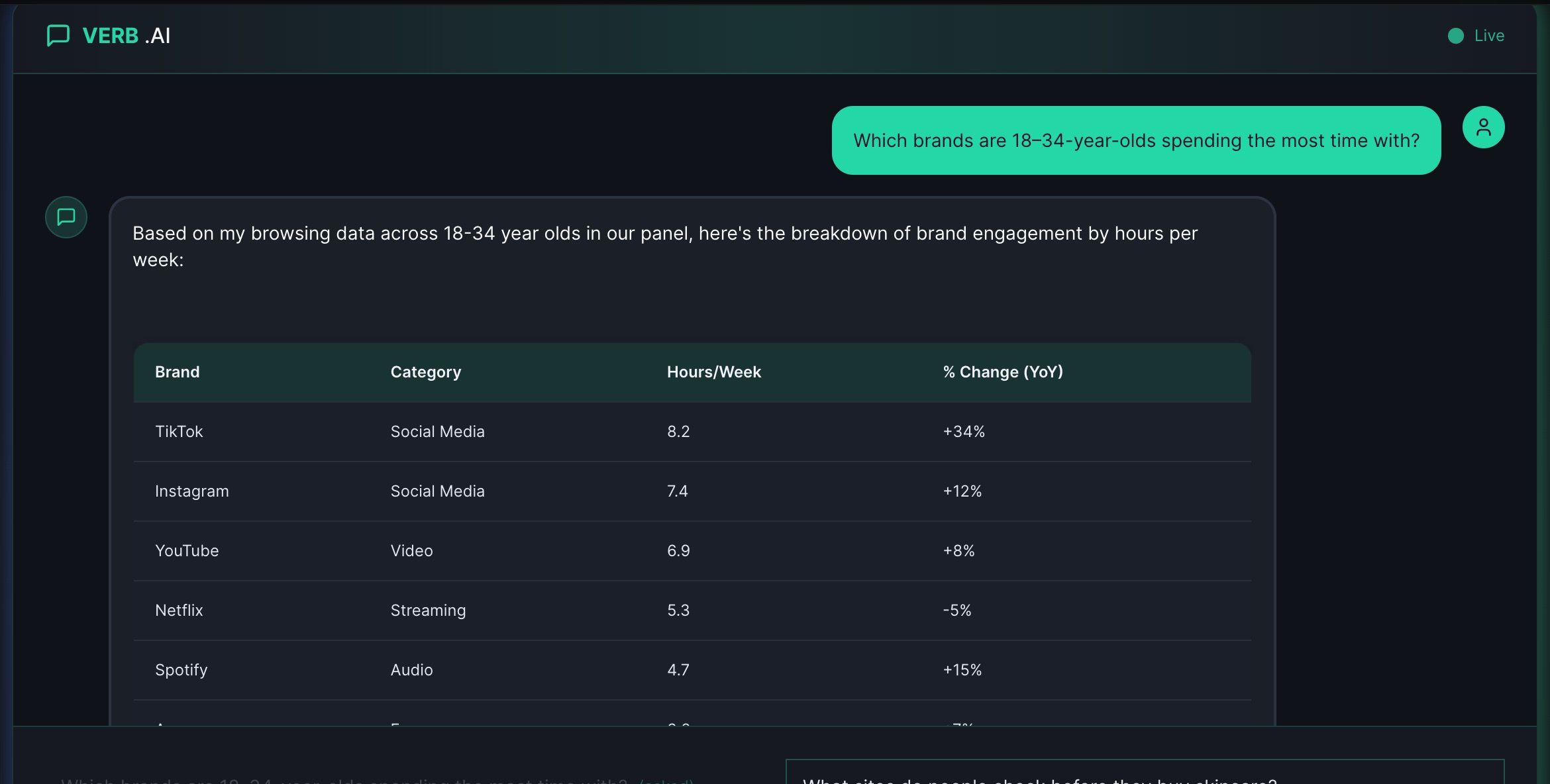
The intrigue: Generation Lab says this method of polling will give companies, nonprofits, and news organizations more accurate information about how young people really think by tracking their behavior instead of asking them about it.
- "For decades, market research has been the equivalent of a doctor asking a patient to describe their symptoms. VERB is an MRI machine," Generation Lab's pitch deck says.
- The polling company is aiming to get to 5,000 users of the tracker by the end of September.
Between the lines: Many younger Americans consider sharing data the tradeoff for being online. They're already giving away their data for free, and are even more willing to share it for cash.
- 88% of Gen Z is open to sharing personal information with social media companies, 20 points higher than older generations, eMarketer notes.
- 33% of Gen Z agrees or strongly agrees with the statement “I don’t mind being tracked by websites or apps,” compared with 22% of older adults, according to a 2023 survey from the cybersecurity company Malwarebytes.
- Gen Z-ers and millennials are also more likely to expect incentives or rewards for sharing data — whether that's money or a personalized social media algorithm, a 2022 Euromonitor International study found.
Reality check: Despite their relative comfort with sharing data, Gen Z-ers and millennials are also likelier to pay for increased security or delete data after they're done using a service, McKinsey notes.





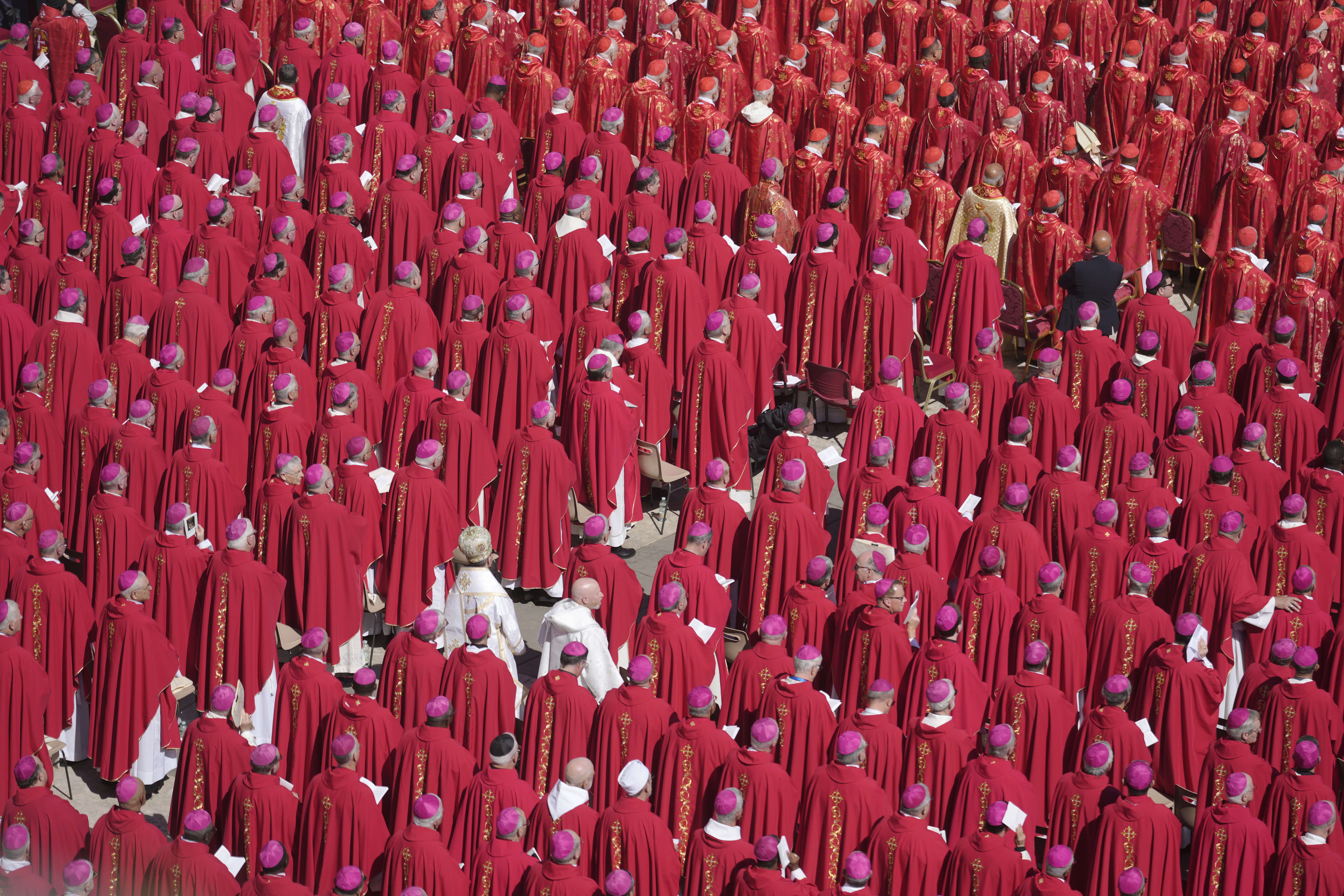





/2025/04/16/1744762470359.gif)


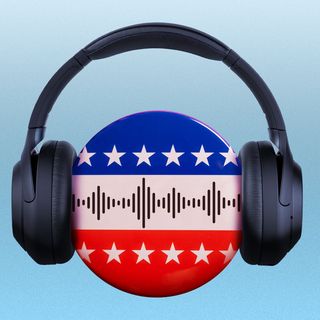

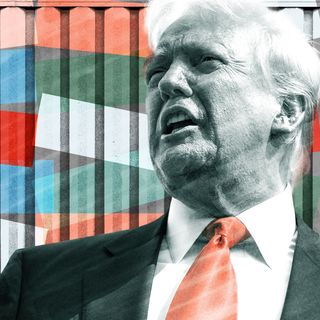

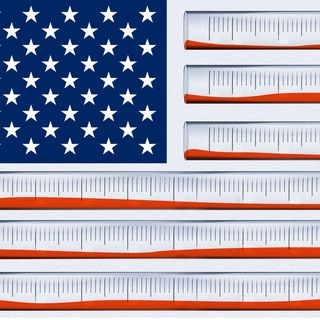






/2025/03/05/1741209132586.gif)


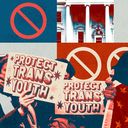








/2025/01/26/1737901435603.gif)
